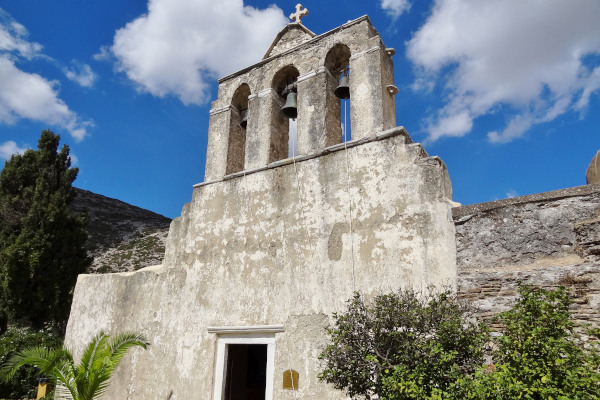It was one of the oldest monasteries in the Balkan region, located on the south part of the island. This old Byzantine structure was built either during the 4th or the 6th century. The biggest part of the complex was buried for centuries, and only the church was visible. It was only in 1970 when the excavations started and revealed the surrounding buildings.
The name of the monastery derived from a miracle that happened according to the locals. The islanders were mostly farmers and they were facing a severe drought since it didn't rain for months. They sent their prayers to the Virgin Mary, and after a litany, it started to rain saving their crops. For this reason, the monastery received the name "Drosiani" since it literally means dewiness and humidity.
Amongst the murals that are created in the 7th century, there is a rare representation of the doctrine of the double nature of Jesus. Furthermore, there are also murals from the 14th century, some of them made in order to cover or renovate the older ones.
The place attracts many visitors on Good Friday when the custom of the bun is taking place. This is a custom of Byzantine origin when raki and buns are distributed to the faithful and guests after the Unnailing of Christ from the Cross.
The early Christian church and consequently the remains of the old monastery are protected by the Ministry of Culture and it is a worth-visiting monument.
